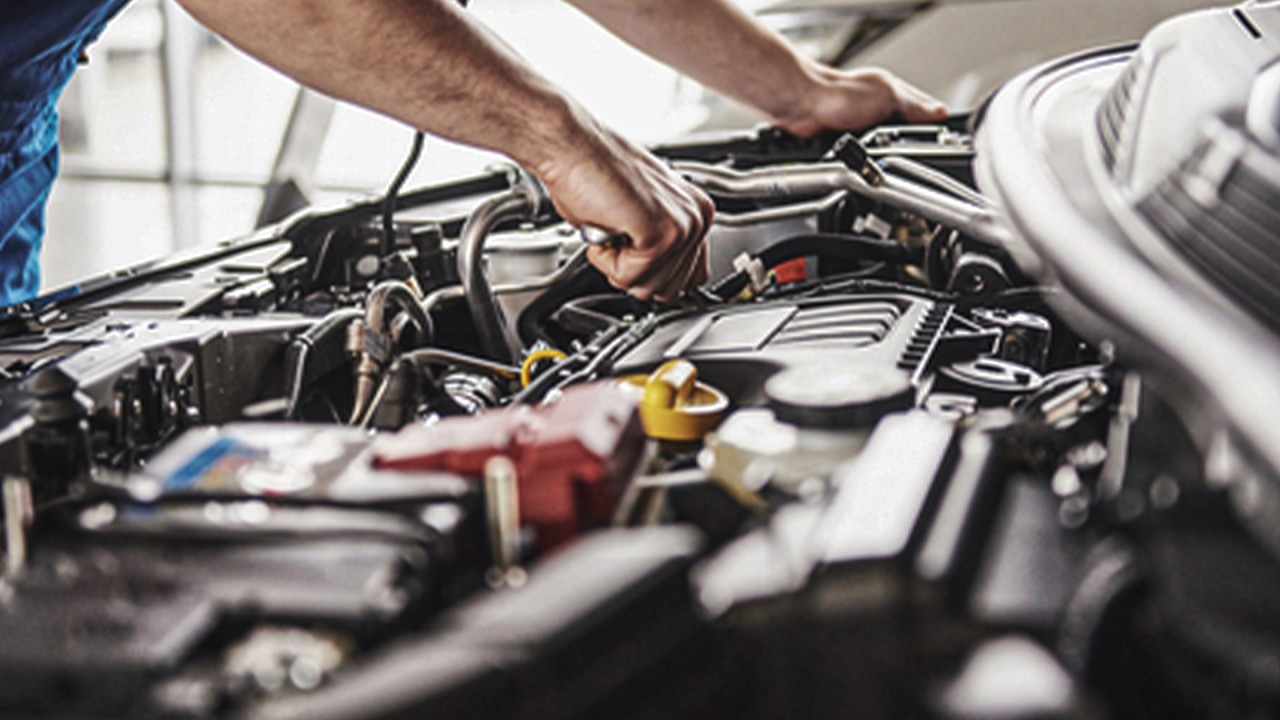As you take to the open road on your motorcycle, you’re likely no stranger to the fatigue that can come with long stretches of highway riding. But what if you could take some of the burden off your hands – literally? Adaptive cruise control, a feature increasingly common in modern motorcycles, is designed to do just that. By automatically adjusting your speed to maintain a safe distance from the vehicle ahead, this innovative technology can greatly reduce rider fatigue, improve safety, and even enhance your overall riding experience.
Table of Contents
The Evolution of Cruise Control
The concept of cruise control has been around for decades, with the first systems being introduced in the 1940s. Initially, these systems were simple, relying on a vacuum-powered servo to maintain a set speed. Over time, cruise control technology has undergone significant transformations, paving the way for the advanced adaptive cruise control systems found in modern motorcycles.
From Cars to Motorcycles
Evolution of cruise control technology has led to its adoption in various forms of transportation, including cars and, eventually, motorcycles. As you may know, the first motorcycle-specific cruise control system was introduced in the early 2000s. This marked a significant milestone, as it brought the convenience and comfort of cruise control to the two-wheeled world.
Advancements in Sensor Technology
To fully appreciate the capabilities of modern adaptive cruise control systems, it’s important to understand the role of sensor technology. Today, advanced sensors and cameras work in tandem to detect and respond to your surroundings, allowing your motorcycle to adjust speed and maintain a safe distance from other vehicles.
Advancements in sensor technology have been instrumental in enabling the development of adaptive cruise control systems. Radar sensors, lidar, and cameras provide a 360-degree view of your surroundings, allowing your motorcycle to detect obstacles, track lane markings, and monitor traffic flow. This data is then used to adjust your speed, ensuring a smooth and safe ride. As you’ll discover, these advancements have revolutionized the riding experience, providing unparalleled comfort and convenience on the open road.
Enhanced Safety Features
One of the most significant advantages of adaptive cruise control in modern motorcycles is the integration of advanced safety features that work in tandem to provide you with a more secure riding experience.
Collision Avoidance Systems
Features like forward collision warning and automatic emergency braking are designed to anticipate and respond to potential collisions, giving you precious seconds to react or allowing the system to take control and avoid the accident altogether.
Lane Departure Warning
Systems like lane departure warning and lane-keeping assist use cameras and sensors to monitor your position on the road, alerting you if you drift out of your lane and helping you correct your course.
This feature is particularly useful on long highway stretches or when riding in heavy traffic, where fatigue or distraction can lead to unintentional lane drifting. With lane departure warning, you’ll receive a timely alert, helping you stay focused and in control, and reducing the risk of accidents caused by lane drifting.
Rider Convenience and Comfort
Regarding long-distance motorcycle trips, adaptive cruise control can make a significant difference in your overall riding experience.
Reduced Fatigue on Long Rides
On extended journeys, especially on cruiser motorcycles, maintaining a consistent speed can be mentally and physically exhausting. With adaptive cruise control, you can take a break from constantly monitoring and adjusting your speed, allowing you to conserve energy and reduce fatigue.
Smoother Acceleration and Braking
With adaptive cruise control, you’ll experience smoother acceleration and braking, which can greatly enhance your overall comfort and confidence on the road.
Smoother acceleration and braking also mean that you’ll experience fewer jolts and jerks, making your ride feel more refined and enjoyable. This is especially important on motorcycles, where every bump and vibration can be amplified, making for a more tiring ride. By reducing these abrupt movements, adaptive cruise control helps to create a more comfortable and relaxing riding experience, allowing you to focus on the road ahead.
Summing up
Following this exploration of adaptive cruise control in modern motorcycles, you can now appreciate the numerous benefits it offers. By automatically adjusting your speed to maintain a safe distance from other vehicles, this technology reduces your workload, minimizes fatigue, and enhances your overall riding experience. Additionally, it improves safety by reducing the risk of accidents caused by human error. With adaptive cruise control, you can enjoy a more relaxed and confident ride, allowing you to focus on the road ahead.












